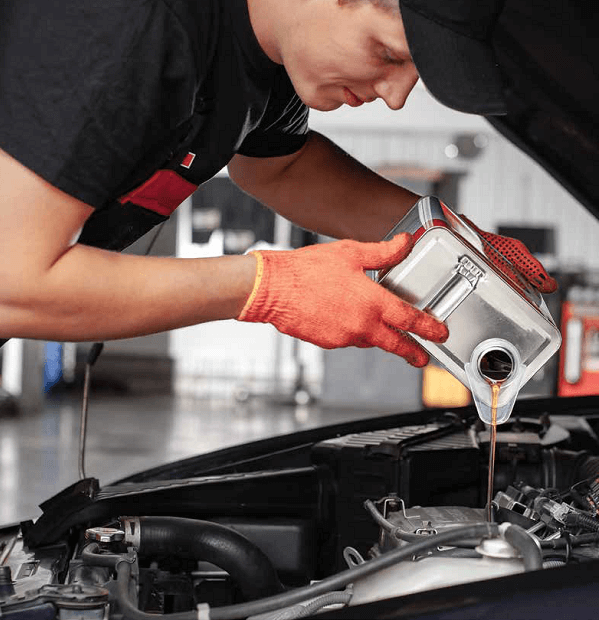It’s easy to forget sometimes that every time you turn the ignition key, many moving parts in the engine are cycling thousands of times every minute and our lubricants are keeping things running silky smooth and damage free.
That is of course, if the correct servicing and maintenance intervals have been upheld and the owner is happy to top up the oil in between services every now and then. In fact, I think I’ll put some fresh oil in the LS1 on the way home this arvo!
As you know the purpose of oil and the lubrication system of a vehicle cannot be understated, as the engine burns both fuel and oil in the combustion chamber. It’s important for your customers to understand that both the type of engine and style of driving will impact on how much oil, like fuel is needed to be added. With modern engines having less
clearance around pistons and valves it means a more fluid SAE viscosity grade oil is required to get right into those nooks and crannies. When the piston reaches the very top centre (maximum engine compression), a certain amount of oil is sucked into the combustion chamber which then ignites
along with the fuel. Add in a little bit of evaporation from heat and internal gasses that breakdown the oil and well… maybe it wasn’t the 18-year old punk, next-door that I accused of stealing my oil…and fuel.
Maybe it was just my old lead foot after all. Only joshing! But if you are heavy on the accelerator it sure can feel like at times, someone’s draining both.
So, what’s in that mysterious container of oil that allows such high performance, and longevity in an engine? With oils being either petroleum-based or synthetic chemical compounds, they are a blend of various chemicals. Which include hydrocarbons, Polinternalolefins and Polyalphaolefins. With complexed ingredient and names like that it’s no wonder we still just call it good old fashioned “oil”.


